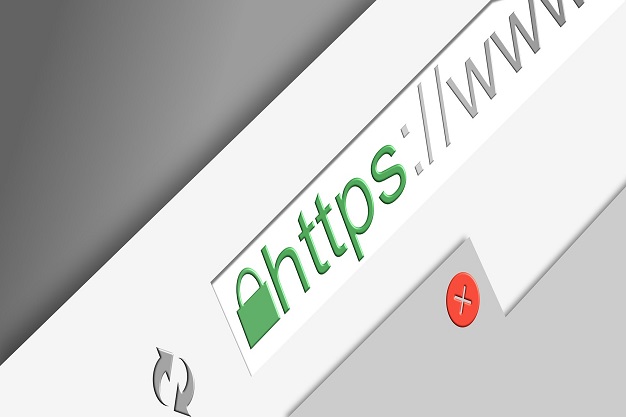
If you are concerned about the security of your private network, there are some proxy servers that help to create a safety shell around your network. Read this blog till the end to learn more about the proxy servers, SSL web proxies, SSL tunneling, and the security all these offers to your network.
What Are Proxy Servers?
A proxy server is a router or a system that offers a gateway between the users and the internet. It resists cyber attackers from entering a private network. It is a server that is referred to as an ‘intermediary’ as it goes between web pages and end-users.
When the computer gets connected to the internet, it uses an IP address. It is similar to your office’s street address. It directs the incoming data to go at a particular server and marks outgoing data with a return address for other devices to authenticate.
In brief, a proxy server is a computer on the internet with its own IP address. Moreover, it is considered one of the irreplaceable tools for business growth.
You can also use 4G proxy servers (uses mobile IP addresses) to boost your business growth.

What Is An SSL Web Proxy?
It will be easy to understand the term if you know the difference between HTTP and HTTPS.
The SSL proxy controls Secure Sockets Layer traffic to assure a secure transmission of data between a server and client. The SSL proxy is completely transparent. That means, it performs SSL encryption and decryption between the server and client.
The SSL proxy reproduces server certificates to make a secure (SSL) connection, rather than an unsecured (HTTP) connection to a web server.
What Is SSL Tunneling?
When you run a proxy server in the forward direction, a client asks for an SSL connection to a secure server through the proxy. It opens a connection to the secure server. Also, it copies data in both directions without interfering with the secure transaction. This entire process is known as SSL tunneling.
It is done when an internal client application requests a web object while using HTTPS on port 8080 via the proxy server.
For instance, while doing online shopping, the internet connection to the target relevant e-commerce website is then tunneled through a proxy server.
The client communicates directly with the targeted web server after the establishment of the initial connection by proxy servers, by the communication means within the SSL tunnel which has been created after SSL negotiation.

How Does The SSL Tunnel Work?
Step 1: First of all, the client makes a tunneling request: CONNECT server-host-name: port HTTP/1.1 (or HTTP/1.0). The port number is 443, yet it is optional.
Once the forward proxy is configured in the browser. The client request will be automatically sent to the proxy server first for the HTTPS request.
Step 2: The proxy then accepts the connection on its port 8080, connects to other destination servers, and receives the payment.
Step 3: Afterwards, a proxy replies to the client and tells about the connection establishment with an OK response.
Step 4: Now at this stage, the proxy server is kept open and it relays everything on the client-proxy connection; to and from the proxy-backend. The client will upgrade its active connection (proxy-backend) to an SSL/TLS connection. It can be done by initiating a TLS handshake on the respective channel. Now that everything is relayed to the backend server, it is as if the TLS exchange was done directly with www.forexample.com:443. The proxy server does not have any role to play in the handshake. It happens directly between the client and the backend server.
Step 5: Once the secure handshake is done properly, the proxy then sends and receives encrypted data at the client or destination server to be decrypted.
Step 6: If at any point the client or destination server asks for closure on either port, the proxy server will close both port 443 and 8080 connections, and will resume its normal activities.
Features Of SSL Tunneling
- To perform SSL tunneling using HTTPS URLs, the client should support SSL and HTTPS. If not, the proxy server’s HTTPS proxying capability can be utilized.
- The SSL tunneling security is on par with SSL without proxying. It means, using the proxy servers doesn’t change or reduce the security of SSL at all.
- The proxy server in SSL tunneling can’t access the transaction between the client and the server because of the encryption. It means, no eavesdropping is possible, neither from the proxy server nor third parties.
- A proxy server can’t verify if the protocol used between the client & the server is SSL, because it can not access the transaction. Thus, it is best if known ports are used for security reasons. Port 563 for SNEWS and 443 for HTTPS.

In The End
This blog highlights the concepts of proxy servers, SSL web proxy, and SSL tunneling. Moreover, you get to learn about the SSL tunnel operations and features. Utilize all this information to enhance your knowledge about proxies and business security.
